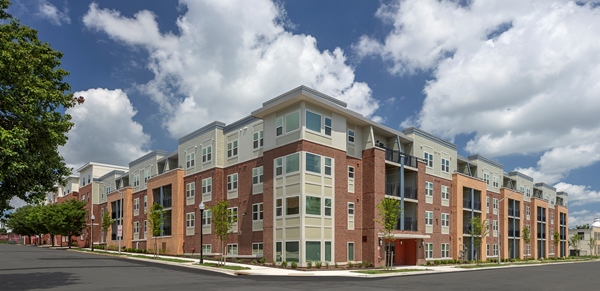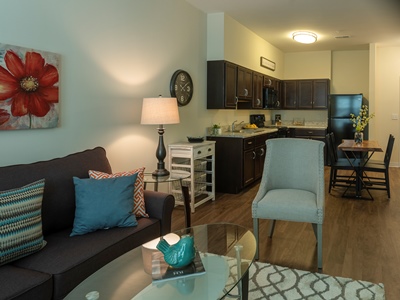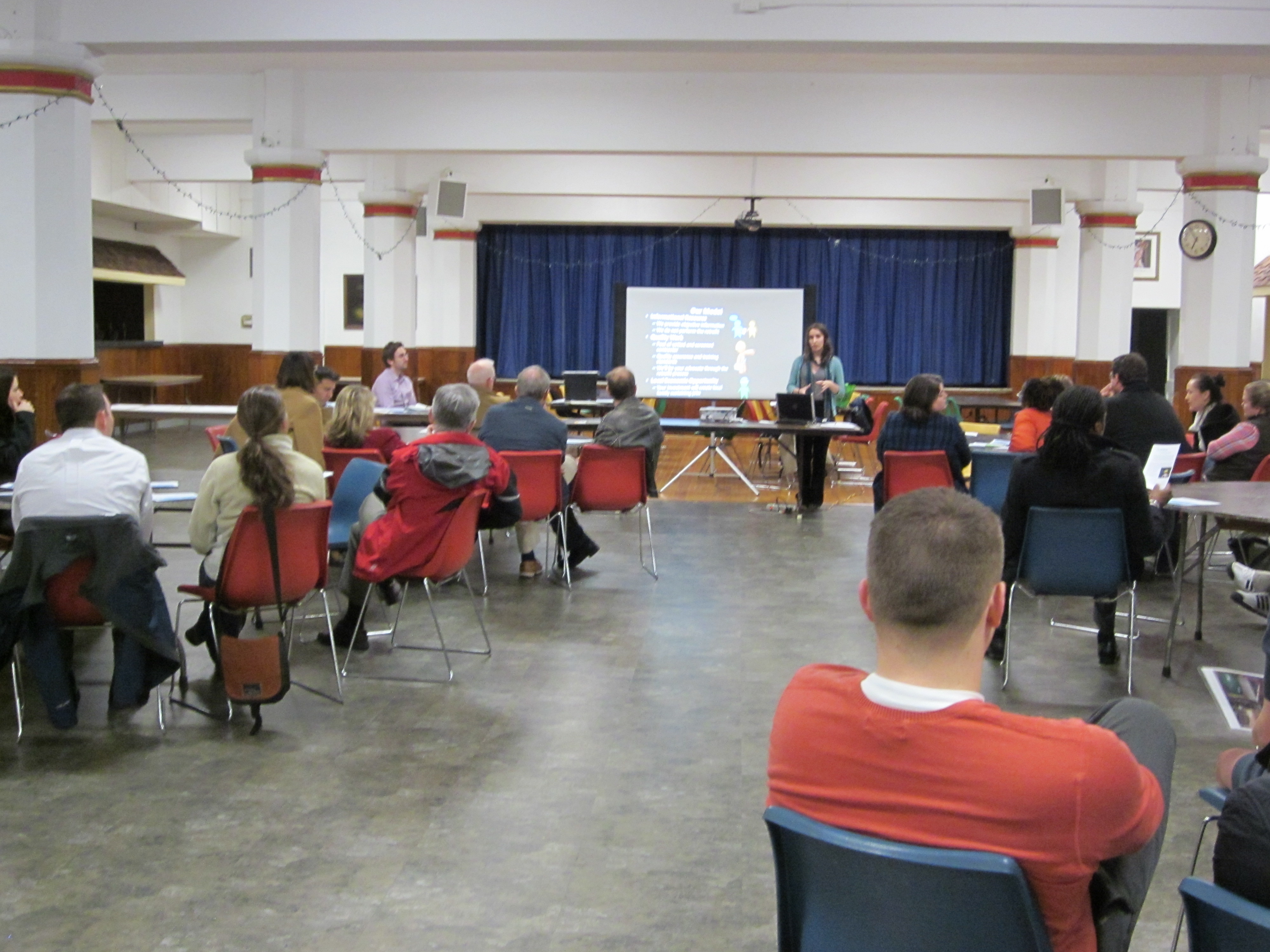A Model Housing Element Development Process for Comprehensive Plans
Model Housing Element Development Process
To assist jurisdictions that may be drafting a housing element for the first time, or even those seeking to modify an existing element, the Maryland Department of Planning (Planning) developed the following model housing element development process. Jurisdictions should feel free to use all or part of this resource, modified as needed to address the specifics of their community. This model element is not intended to mandate a format, nor the analysis, topics, goals, or strategies that comprehensive plans should include. As with the rest of this Housing Models and Guidelines (M&G), Planning encourages local planners to use what is helpful and disregard that which is not.
 New Shiloh Village Senior Apartments, Baltimore |
 New Shiloh Interior (credit: Alan Gilbert) |
Background
In 2019, the Maryland General Assembly enacted House Bill 1045, which requires comprehensive plans updated after June 1, 2020, to include a Housing Element. Per HB 1045 (2019), the Housing Element shall address a jurisdiction’s need for affordable housing, to include both workforce and low-income housing; and may include housing goals, objectives, policies, plans, and standards.
Affordable housing, as defined by §4-1801 of the Housing and Community Development Article of the Maryland Annotated Code, is housing with costs not exceeding 30% of a household’s total income. Low-income housing is defined by §4-1801 of the Housing and Community Development Article as housing that is affordable to a household with an aggregate annual income below 60% of the Area Median Income (AMI). AMI is the median household income for an area, adjusted for household size as published, and annually updated by the U.S. Department of Housing and Urban Development (HUD).
Workforce housing differs from low-income housing in terms of its range of affordability. Workforce homeownership housing is affordable to a household with an aggregate annual income between 60% and 120% of the area median income. However, in target areas recognized by the Secretary of the Maryland Department of Housing and Community Development (DHCD) for purposes of administering the Maryland Mortgage Program, the aggregate annual household income can be between 60% and 150% of the area median income.
Section 4-1801 of the Housing and Community Development Article defines workforce housing, and modifies the income range to 60% -150% AMI within Maryland Mortgage Program target areas. To learn about the locations of these target areas, please reference DHCD's MMP Mapper. Link: https://portal.dhcd.state.md.us/GIS/MMP/index.html
Workforce rental housing is defined differently than workforce homeownership housing. Workforce rental housing is housing that is affordable to a household with an aggregate annual income between 50% and 100% of the area median income.
HB 1045 (2019) requires a housing element to address low-income and workforce housing, and an assessment of various housing needs. The jurisdiction may also establish a work plan to include goals, objectives, policies, plans and land use tools to develop detailed strategies, standards, and implementation methods to realize affordable housing goals.
Visioning
A vital first step in any planning process is visioning. Jurisdictions should engage stakeholders, including residents, housing and community organizations, employers, neighboring jurisdictions, state agencies, institutions, and others in a discussion about the housing needs of their community. The earlier the dialogue the better, as it may mitigate push back at a later stage in plan formulation.

Civic Works Community Meeting Discussing Affordable Housing
Jurisdictions may want to consider using the Housing Vision Questionnaire provided in this M&G to help in this effort. Staff can use this tool to initiate an internal conversation, both within the planning department and with other local departments, such as those for housing and community development. The ideas generated by these discussions can assist and inform the parallel visioning process with other community stakeholders. Following this conversation, a jurisdiction may determine that its existing housing strategies and policies sufficiently address affordable housing, particularly for smaller municipalities issuing few residential permits.
Analysis (Examples)
A typical first step in the housing planning process is analyzing the existing and projected housing stock in a community. This can be conducted at the quantitative (Census/ACS) and qualitative (Stakeholder Outreach, Housing Inventories, Sidewalk/Windshield Surveys) levels, with the two often complementing each other. For many communities, this process is a straightforward look at the existing and proposed housing and that which is in the development and construction pipeline.

Liberty Mews Street
